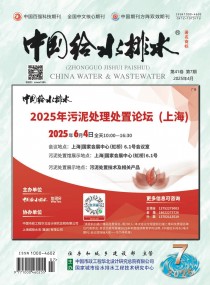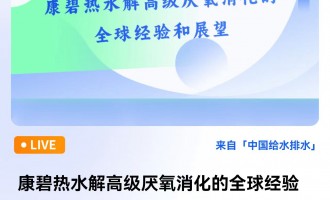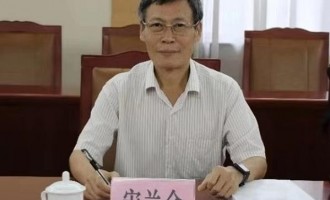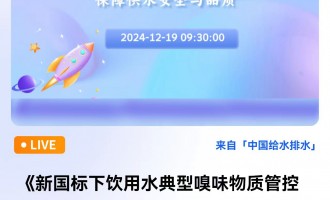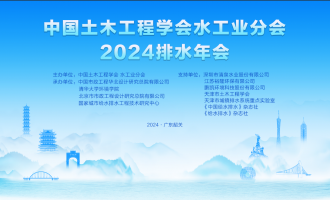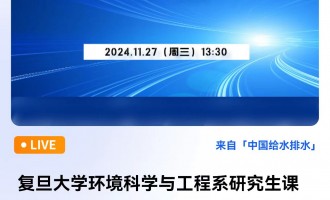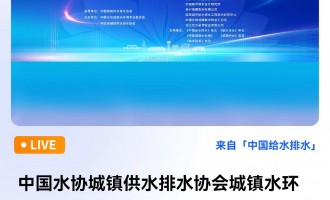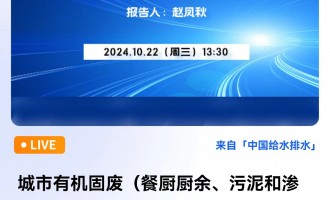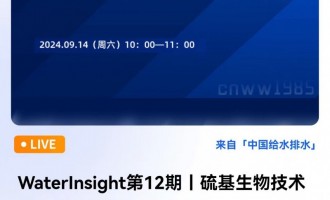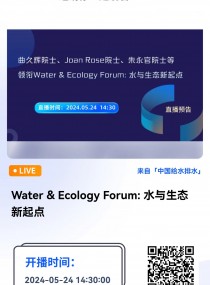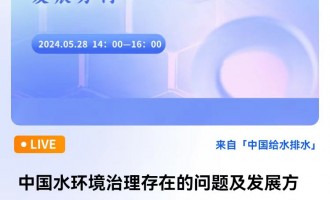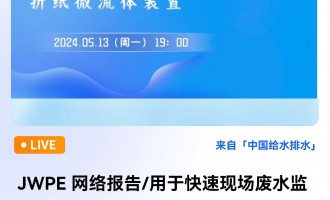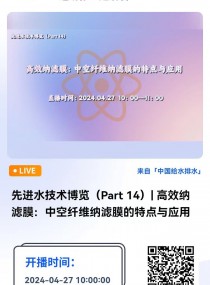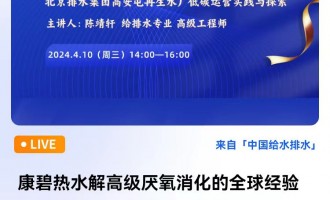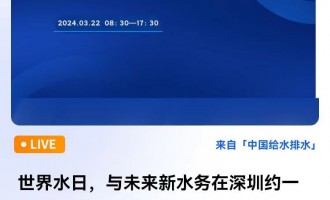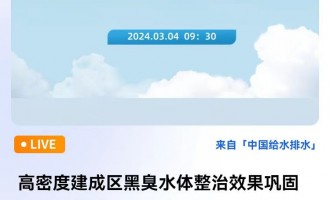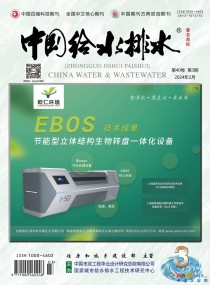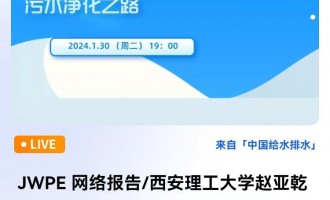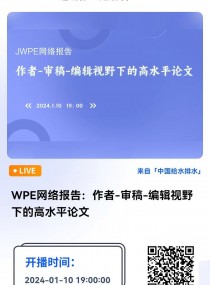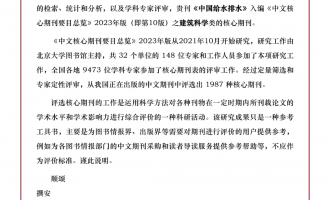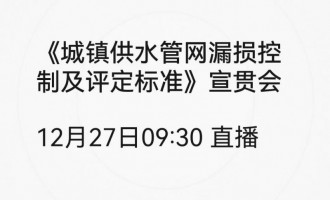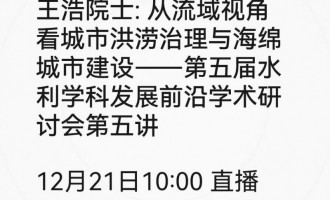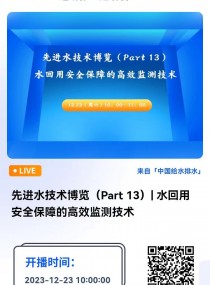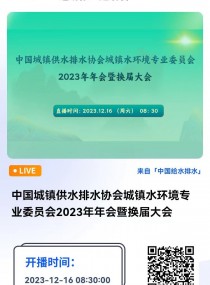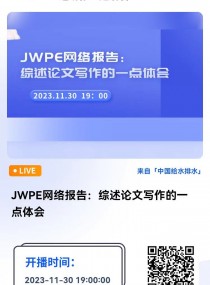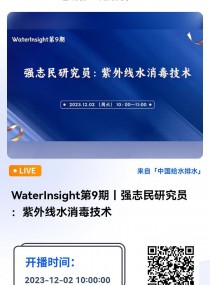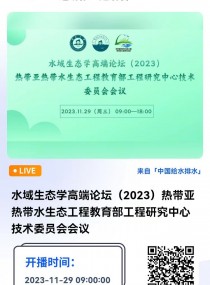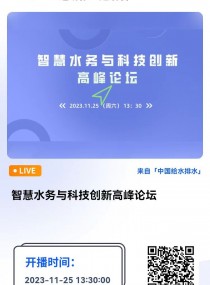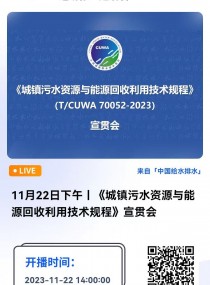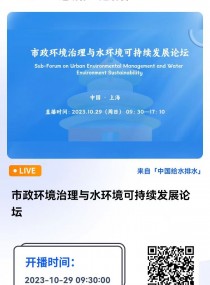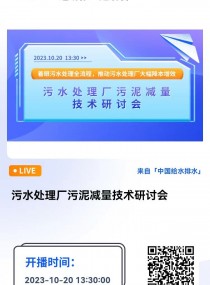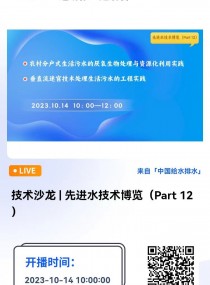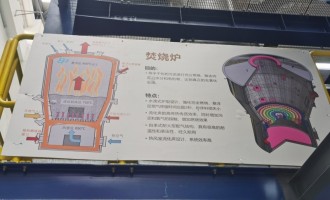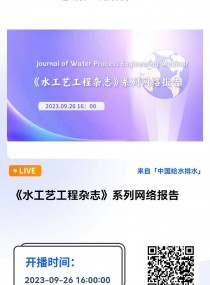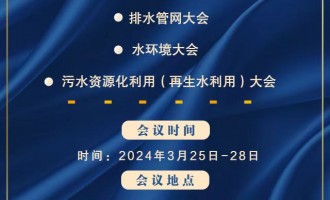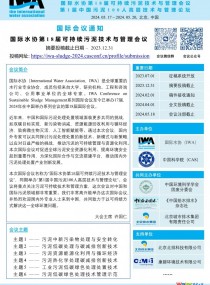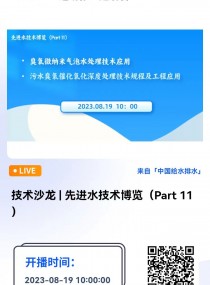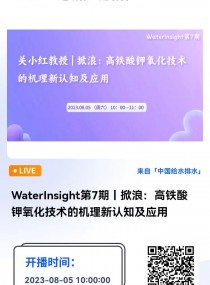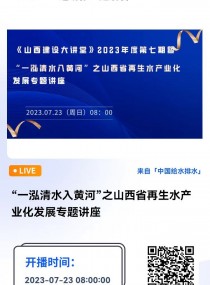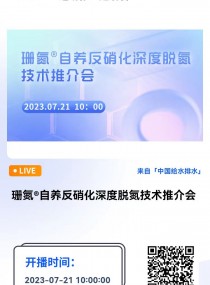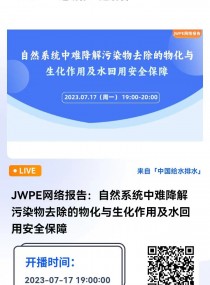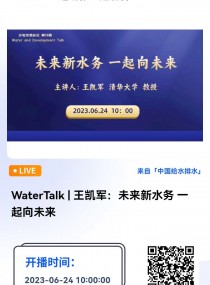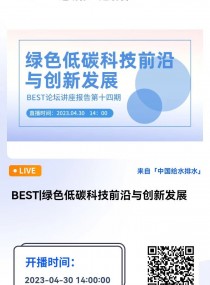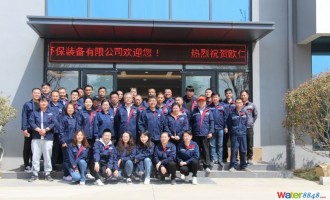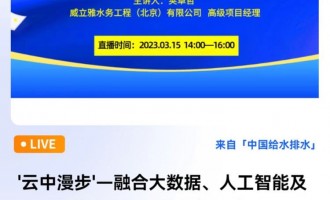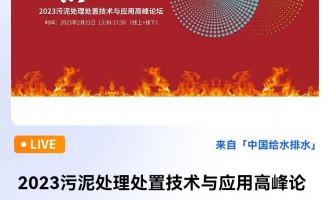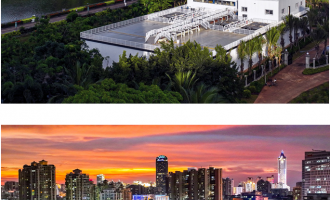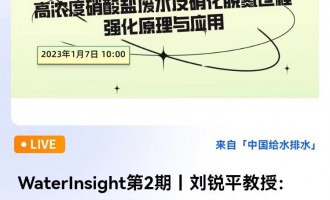引用本文: 张民安, 袁忠玲, 张明, 秦彦荣, 吴新波, 赵凯亮, 陈永志. 响应面法优化多级A/O+BAF系统处理生活污水强化脱氮除磷[J]. 环境科学研究, 2022, 35(5): 1233-1244. doi: 10.13198/j.issn.1001-6929.2021.12.23 shu
Citation: ZHANG Min'an, YUAN Zhongling, ZHANG Ming, QIN Yanrong, WU Xinbo, ZHAO Kailiang, CHEN Yongzhi. Optimizing Multi-Stage A/O+BAF System by Response Surface Methodology for Treating Domestic Sewage Enhance Nitrogen and Phosphorus Removal[J]. Research of Environmental Sciences, 2022, 35(5): 1233-1244. doi: 10.13198/j.issn.1001-6929.2021.12.23 shu
响应面法优化多级A/O+BAF系统处理生活污水强化脱氮除磷
doi: 10.13198/j.issn.1001-6929.2021.12.23
张民安1, 2, 3, , 袁忠玲1, 2, 3, 张明1, 2, 3, 秦彦荣1, 2, 3, 吴新波1, 2, 3, 赵凯亮1, 2, 3, 陈永志1, 2, 3, ,
1.
兰州交通大学,甘肃省黄河水环境重点实验室,甘肃 兰州 730070
2.
兰州交通大学环境与市政工程学院,甘肃 兰州 730070
3.
甘肃省污水处理行业技术中心,甘肃 兰州 730070
基金项目: 甘肃省科技计划项目(No.20JR2RA002);甘肃省黄河水环境重点实验室开放基金项目(No.21YRWEK006);甘肃省青年科技基金计划项目(No.20JR5RA075)
详细信息
Optimizing Multi-Stage A/O+BAF System by Response Surface Methodology for Treating Domestic Sewage Enhance Nitrogen and Phosphorus Removal
ZHANG Min'an1, 2, 3 , , YUAN Zhongling1, 2, 3 , ZHANG Ming1, 2, 3 , QIN Yanrong1, 2, 3 , WU Xinbo1, 2, 3 , ZHAO Kailiang1, 2, 3 , CHEN Yongzhi1, 2, 3 , ,
1.
Key Laboratory of Yellow River Water Environment in Gansu Province, Lanzhou Jiaotong University, Lanzhou 730070, China
2.
School of Environmental and Municipal Engineering, Lanzhou Jiaotong University, Lanzhou 730070, China
3.
Technical Center of Sewage Treatment Industry in Gansu, Lanzhou 730070, China
Funds: Science and Technology Program of Gansu Province,China (No.20JR2RA002);Open Foundation of Key Laboratory of Yellow River Water Environment in Gansu Province,China (No.21YRWEK006);Youth Science and Technology Fund Program of Gansu Province,China (No.20JR5RA075)
摘要
摘要
HTML全文
图(8) 表(5)
参考文献(31)
相关文章
施引文献(4)
资源附件(0)
访问统计
摘要: 为优化多级A/O(缺氧/好氧)+BAF(曝气生物滤池)系统处理低C/N生活污水强化脱氮除磷的关键运行条件,采用单因素试验分别研究了HRT(水力停留时间)、三点进水比例及BAF填料高度对系统主要污染物去除的影响,并以此为对照,通过BBD二阶模型中心复核设计多因素试验,采用响应面法分析上述三因素对TN、TP去除的交互影响,得出了优化运行条件与TN、TP去除率的模型预测值,在该条件下运行系统,验证了TN、TP去除率实际值与预测值的相对误差. 结果表明:①单因素试验表明,当HRT为9 h、进水比例为5∶3∶2、填料高度为1 800 mm时,多级A/O+BAF系统中主要污染物的去除效果最好. ②响应面分析得出,三因素对TN、TP的去除交互影响显著;模型拟合回归方程得出,优化运行条件为HRT 8.5 h、进水比例5∶3∶2、填料高度1 600 mm时,TN、TP去除率预测值分别为84.88%、94.37%. ③验证结果表明,进水ρ(TN)、ρ(TP)平均值分别为68.8、5.4 mg/L,出水ρ(TN)、ρ(TP)平均值分别为10.61、0.32 mg/L,TN、TP实际去除率分别为84.15%、94.01%,与TN、TP去除率预测值相比,相对误差仅分别为0.86%、0.38%. 研究显示,应用响应面法建立模型优化多级A/O+BAF工艺处理生活污水的方法可靠,实现了对氮磷的强化去除.
关键词: 多级A/O+BAF / 响应面法 / 多因素交互 / 模型预测 / 生活污水
Abstract: This study aim to realize the enhanced removal of nitrogen and phosphorus in the treatment of low C/N ratio domestic sewage, by optimizing the key operation conditions of an integrated process of the multi-stage A/O (anoxic/oxic) + BAF (biological aerated filter). Single factor experiments were conducted to study the effects of HRT (hydraulic retention time), three-point inlet water ratio and BAF packing height on the removal of maior pollutants in the system, furthermore, by BBD second-order mode center review to design multi-factor experiment. The response surface methodology was used to analyze the interactive influence of the above three factors on TN (total nitrogen) and TP (total phosphorus) removal, so as to obtain the optimal operation conditions of the system and the predicted removal rates of the model, based on those conditions, run a parallel experiment to verify the relative error between the actual value of TN and TP removal rate and the predicted value. The results showed that: (1) In the single factor experiment, the conditions for the optimum removal effect of main pollutants in the system were HRT 9 h, inlet water ratio 5:3:2 and packing height 1800 mm. (2) By analyzing the response surface, it is indicated that the three factors have significant interaction influence on the removal of TN and TP. According to the regression equation fitted by the model, the optimal operating conditions were: HRT 8.5 h, inlet water ratio 5:3:2, and packing height 1600 mm, and the predicted removal rates of TN and TP were 84.88% and 94.37%. (3) The results of verification show that the average concentrations of TN and TP in influent were 68.8 and 5.4 mg/L, and in effluent were 10.61 and 0.32 mg/L, respectively, and the corresponding actual removal rates were 84.15% and 94.01%, respectively. Comparing the actual values with the predicted values of TN and TP removal rates, the relative errors were only 0.86% and 0.38%. The research shows that the application of the response surface methodology to model and optimize the multi-stage A/O+BAF process of domestic sewage treatment was reliable and enhanced removal of nitrogen and phosphorus.
Key words: multi-stage A/O+BAF / response surface methodology / multi-factor interaction / model-predictive / domestic sewage







